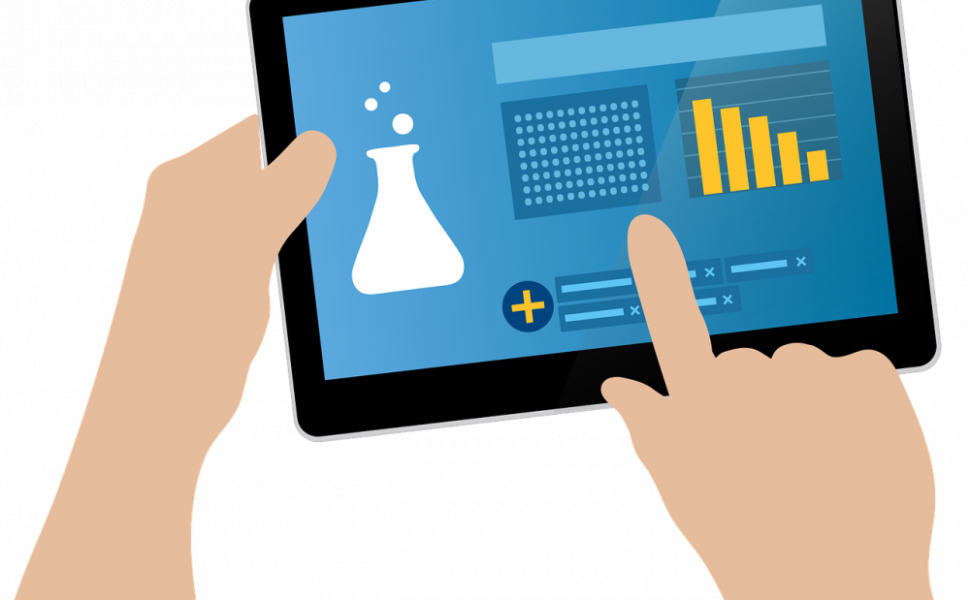Dejting appar: En omfattande guide till den digitala världen av kärlek

Introduction:
Dating apps have become increasingly popular in today’s digital age, revolutionizing the way people meet and connect with potential partners. In this comprehensive guide, we will explore the world of dating apps, providing an overview, presenting different types, discussing their differences, and analyzing their pros and cons. Whether you’re new to the dating app scene or looking to gain a deeper understanding, this article is here to help.
En övergripande, grundlig översikt över ”dejting appar”

The world of dating apps has transformed the way people find love and companionship. With just a few swipes on your smartphone, you can connect with thousands of individuals who share your interests and preferences. These apps provide a convenient platform for meeting new people, enabling users to expand their social circles and increase their chances of finding a compatible partner. From casual hookups to long-term relationships, there is a dating app tailored to meet every individual’s needs and desires.
En omfattande presentation av ”dejting appar”
Dating apps come in various forms and cater to different demographics. Some popular dating apps include Tinder, Bumble, OkCupid, and Match.com. Each app offers its own unique features and algorithms to match users based on their preferences and compatibility. For instance, Tinder uses a simple swipe-left or swipe-right system, where users indicate their interest or disinterest in potential matches. Bumble, on the other hand, empowers women by allowing them to make the first move. OkCupid utilizes a sophisticated algorithm to match users with compatible partners based on personality traits and preferences. Match.com, one of the oldest dating sites, offers a comprehensive platform for users to create detailed profiles and connect with like-minded individuals.
Kvantitativa mätningar om ”dejting appar”
The popularity of dating apps can be measured by various quantitative metrics. According to recent studies, approximately 27% of relationships in the United States start through online dating apps. Furthermore, in a survey conducted among American adults, around 30% reported using a dating app at some point in their lives. These statistics demonstrate the widespread adoption and acceptance of dating apps as a legitimate means of meeting potential partners. Additionally, dating apps have experienced significant global growth, with millions of users engaging in daily conversations and connections.
En diskussion om hur olika ”dejting appar” skiljer sig från varandra
While dating apps share a common goal of facilitating romantic connections, they differ in their approaches and target audiences. Some apps prioritize casual dating and hookups, while others focus on creating long-lasting relationships. Furthermore, factors such as user interface, matching algorithms, and messaging features can significantly vary between dating apps. For instance, apps like Tinder and Bumble emphasize visual appeal and instant attraction, as they primarily rely on users’ profile pictures. On the other hand, apps like OkCupid place a greater emphasis on personality traits and compatibility, utilizing extensive questionnaires and matching algorithms.
En historisk genomgång av för- och nackdelar med olika ”dejting appar”
Dating apps have revolutionized the dating scene, offering convenience and accessibility to individuals seeking romantic connections. However, they are not without their drawbacks. One significant advantage of dating apps is the ability to connect with a vast pool of potential partners, expanding the likelihood of finding a compatible match. Additionally, dating apps provide a platform for people with busy lifestyles or specific preferences, enabling them to filter and connect with like-minded individuals. However, some potential disadvantages include a potential decrease in face-to-face interactions and a reliance on superficial judgments based solely on appearance.
Overall, dating apps have transformed the way people meet and connect, providing a convenient and efficient platform for fostering relationships. However, it’s essential to approach these apps with a critical mindset and maintain a healthy balance between online and offline interactions. By understanding the differences between various dating apps and their pros and cons, individuals can make informed decisions and increase their chances of finding meaningful connections.
Conclusion:
Dating apps have become an integral part of modern dating culture, offering individuals an easy and accessible way to meet potential partners. With their convenience, wide range of features, and algorithms, these apps have transformed the way people approach dating. By understanding the various types of dating apps, their differences, and their pros and cons, individuals can navigate the digital dating landscape more effectively. However, it is crucial to approach dating apps with caution and maintain a healthy balance between online interactions and real-life connections.
















































